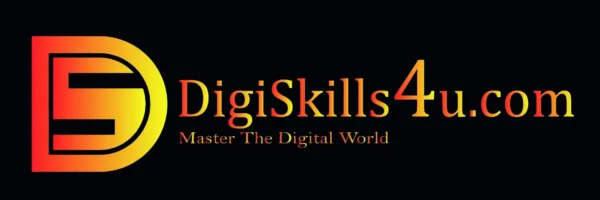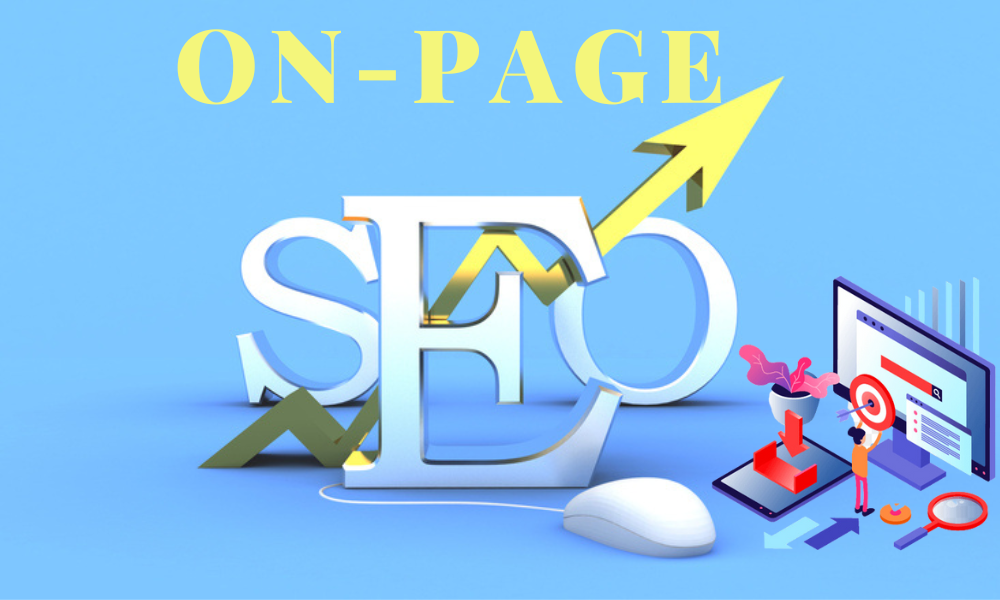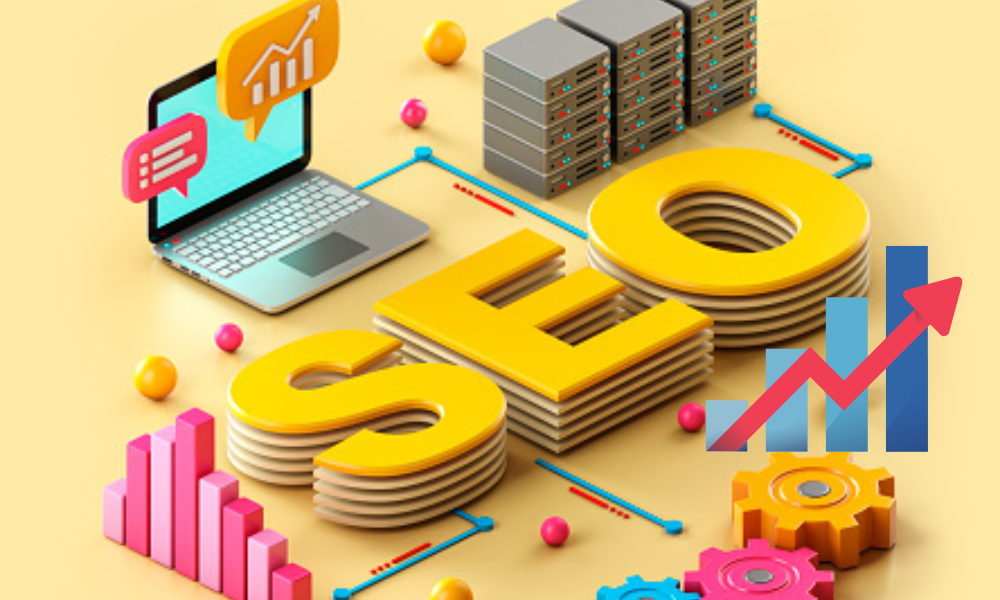Last updated on October 23rd, 2023 at 10:46 pm
Introduction
On-page SEO, sometimes referred to as on-site SEO, is the process of improving individual web pages to improve your website’s position in search engine results pages (SERPs) and draw in more qualified visitors.
This entails improving the accessibility, usability, and relevance of a web page for both users and search engines by optimizing its content, HTML source code, and website architecture.
User experience (UX) optimization, content generation and optimization, technological optimization, and keyword research and optimization are common components of on-page SEO methods.
You may improve the overall quality and relevance of your web pages, which will increase their likelihood of ranking higher in search results and bringing more relevant traffic to your website, by optimizing these different factors.
The significance of on-page SEO
Certainly, here are some of the reasons why On-page SEO is important:
a. Improves the visibility of a website:
Your website is more likely to rank higher in search engine results pages (SERPs)thanks to on-page SEO, which improves how search engines comprehend the information on your website.
Your chances of converting website visitors into buyers increase by improving targeted traffic to your site through the use of keyword and user intent optimization.
b. Improves the user experience:
By making your website more accessible, user-friendly, and interesting for visitors, on-page SEO helps to enhance the entire user experience of your website. You may make it simpler for users to locate what they’re looking for and navigate your website by optimizing your content, site architecture, and technological parts of it.
c. Increasing Credibility and Authority:
You may establish yourself as a subject-matter authority by continually improving your website’s on-page SEO, proving to visitors and search engines alike that your information is worthwhile, pertinent, and reliable. This may result in more brand recognition, a more solid online presence, and more chances for interaction and sales.
d. Long-term Benefits are provided:
On-page SEO is a long-term tactic that can assist your website and online visibility in the long run. You can keep one step ahead of the competition, retain a high search engine rating, and gradually draw in more traffic and clients by consistently improving your website and content.
Objectives Of On-Page-SEO
This article’s goal is to give readers a thorough overview of on-page SEO. It seeks to define on-page SEO, highlights its significance, and offer a thorough tutorial on how to improve user experience and ranking by optimizing content and website for mobile devices.
The article discusses several important subjects, including user experience, content optimization, website optimization, and keyword research. Additionally, it offers guidelines and best practices for every subject as well as examples and case studies to show how efficient on-page SEO is.
What Are The Main Factors Of On-Page SEO?
Here are the 4 main factors/steps to boost your website’s visibility.
1. Content Development
Keyword Research:
Definition:
The activity of identifying and evaluating the search terms and phrases individuals use to find information, goods, or services online is known as keyword research. To optimize your content and draw more relevant visitors to your website, keyword research aims to find the most pertinent and important keywords for your company or website.
Finding the phrases that are most likely to bring traffic and conversions to your website requires conducting keyword research, which entails examining several characteristics, including search volume, competitiveness, and relevancy.
a. Tools for Keyword Research:
Several tools, including Google Keyword Planner, SEMrush, Ahrefs, Moz, and many others, are available for conducting keyword research.
Using these tools can help you decide which keywords to target in your content by giving you useful insights into search traffic, competitiveness, and other pertinent metrics for particular keywords.
b. Finding High Search Volume and Low Competition Keywords:
A crucial component of efficient keyword research is finding high search volume and low competition keywords. The search terms and phrases that consumers in your target demographic use the most frequently are known as high-search volume keywords.
Although these keywords can increase traffic to your website, they might also be quite competitive, making it more difficult to rank for them.
Low competition keywords, on the other hand, are less popular yet are simpler to rank for in search results. You can strike a balance between attracting targeted traffic and making sure your content can rank well in search results by finding high search volume and low competition keywords.
2. Content Improvement
The term “content optimization” refers to the process of improving the relevance, value, and utility of the material on a web page for both users and search engines.
The objective of content optimization is to raise the overall quality of the material on a website to increase its likelihood of appearing higher in search engine results pages (SERPs), draw in more relevant traffic, and ultimately increase conversion rates.
Several aspects go into content optimization, including keyword research and targeting, appropriate header tag usage, meta tag optimization, and the use of multimedia assets like images and videos.
a. Writing High-Quality Content:
A key component of content optimization is writing high-quality content. High-quality content is that which the target audience finds entertaining, relevant, and useful.
It is crucial to undertake in-depth research on the subject, pinpoint the target audience’s pain areas, and offer beneficial solutions or insights that address those pain points to produce high-quality content.
High-quality content should also be well-organized, simple to read, and free of flaws like typos or grammatical errors.
Additionally, it should be search engine optimized by sprinkling pertinent keywords naturally and meaningfully across the text.
i. Correct Header Tag Usage:
The use of header tags like H1, H2, and H3 is crucial for on-page SEO. Header tags provide information organization and hierarchy, which makes it simpler for consumers to read and comprehend as well as for search engines to crawl and index.
H1 tags should be used for the content’s primary title, followed by H2 and H3 tags for subheadings and sections, according to best practices for using header tags.
To break up long passages of text and make the text easier to scan and read, header tags should be utilized.
ii. Meta Tag Optimization:
Title tags and meta descriptions are two examples of meta tags that should be optimized. Meta tags have a significant role in click-through rates and user engagement since they give search engines crucial information about the content of a web page and are also displayed in search results.
Creating original, evocative title tags and meta descriptions that accurately reflect the content on the web page while also adding pertinent keywords in a natural and meaningful way are both essential components of meta-tag optimization.
To ensure that they are completely displayed in search results, title tags and meta descriptions should be limited to 60 and 155 characters, respectively.
iii. Making Use of Multimedia Features:
Including multimedia features in the material, such as photographs, videos, and infographics, will assist the target audience in finding it more interesting and visually attractive.
Large blocks of text can be broken up and made more scannable and easier to read by using multimedia elements.
It’s crucial to make sure that multimedia components are appropriate for the material and offer the target audience extra value or insights before introducing them.
Incorporating pertinent alt tags and descriptions that appropriately reflect the content of the multimedia element is another crucial step in search engine optimization for multimedia elements.
3. Website Optimization
The term “website optimization” describes the process of improving a website’s functionality, user experience, and search engine rankings. The process of website optimization combines technical and non-technical methods to enhance the site’s functionality in several areas, including mobile friendliness, page speed, and security.
The following are some essential elements of website optimization:
a). Website Design
1. Navigation Structure:
The organization of the website and the connections between its pages are referred to as its navigation structure. The user experience can be enhanced by a well-designed navigation structure that makes it simpler for users to find the data they require on the website.
Menus, categories, and subcategories can all be used to structure the navigation. The navigation structure must be sensible, simple to use, and appropriate for the intended audience.
2. URL Structure:
The organization of a website’s page URLs is referred to as its URL structure. Because it is simpler for people and search engines to comprehend what the website is about, a well-structured URL can enhance both the user experience and search engine rankings.
The URL should contain descriptive and significant keywords, and it should be brief and simple to read. For instance, www.google.com
b). Technical Improvement
i. Mobile-Friendliness:
With the use of mobile devices growing, it’s critical to make sure the website is mobile-friendly. On a small screen, a mobile-friendly website should be simple to use and load quickly.
Responsive design, which adapts the website layout to fit the size of the device screen, can be used to optimize for mobile devices.
ii. Page Speed:
Both the user experience and search engine rankings depend on page speed. Users may become frustrated and search engine results may suffer from a website that loads slowly.
Image optimization, caching, minification of CSS and JavaScript files, and use of a content delivery network (CDN) to accelerate content delivery are all crucial for improving page speed.
iii. Secure Browsing:
Website optimization must consider security. A secure website can increase user confidence and trust in it. Use HTTPS encryption, which scrambles data sent between a user’s browser and a website server, to ensure secure browsing. To prevent assaults, it’s also critical to utilize security plugins, update software, and create secure passwords.
4. User Experience
User experience (UX) is the term used to describe how a user feels generally while engaging with a website. It covers every facet of the user’s interaction, such as the website’s layout, information, features, and usability. A satisfying user experience can boost interaction, boost conversions, and entice users to visit the website again.
a). Presentation of Content:
1. Formatting:
Formatting describes how consumers are presented with material on a website. The user experience can be enhanced by well-formatted content because it is simpler to read and comprehend.
The material or content should be broken up into headings, subheadings, bullet points, and paragraphs to make it easier to scan.
2. Readabilityor readers
Readability describes how simple it is to understand the content. Use a font that is simple to read and a font size that is big enough to be readable.
To make things easier to read, it’s also critical to employ a strong contrast between the text and background.
3. Scannability:
This term describes how simple it is for consumers or readers to scan the content and obtain the information they need. To make the text easy to scan, it is crucial to use headers, subheadings, bullet points, and brief paragraphs. Italicized and bold text can also be used to bring attention to key information.
b). Call To Action
1. Call-to-Action Definition:
A message or button that urges the user to do something is known as a call to action (CTA). Anything from completing a purchase to signing up for a newsletter might count as an action.
A CTA aims to make it as simple as possible for the user to execute the intended action by encouraging them to do so.
2. Importance:
Calls to action are crucial since they can boost conversion rates and enhance user experiences. Users may take the intended action more easily and be guided through the conversion process with the aid of a well-designed CTA.
3. Illustrations:
Illustrations of calls-to-action “Buy Now,” “Sign Up Today,” “Learn More,” “Download Now,” and “Get Started” are a few call-to-action examples. The CTA’s placement and design can both affect how effective it is.
It’s crucial to make the CTA stand out and to position it in a visible area of the page. The efficacy of the CTA can also be increased by utilizing language that is focused on taking action and establishing a sense of urgency.
Elements That May Affect User Experience
The following variables may affect the user experience:
1. Usability:
Usability refers to how simple a website is for consumers to use and navigate. The website must be designed so that users can easily find what they’re looking for and carry out their intended actions.
2. Design:
The user experience of a website can be significantly impacted by its design. Use a layout that is both aesthetically pleasing and simple to navigate. To achieve a seamless user experience, the design should be consistent across the entire website.
3. Content:
The website’s content is a key component of the user experience. It is crucial to offer excellent, pertinent, and engrossing material that is simple to read and comprehend.
4. Accessibility:
The ease of use of a website by people with impairments is referred to as accessibility. The website must be made accessible to all users, including those who have hearing or visual impairments.
5. Website performance:
User experience may be impacted by a website’s performance. It’s crucial to check that the website runs properly and loads swiftly.
Website owners can enhance the user experience and build a website that is both interesting and useful by concentrating on these aspects.
Conclusion
In conclusion, any digital marketing strategy must include on-page SEO as a key component. It entails optimizing a website’s content and architecture to improve its visibility and position in search engine results pages.
The relevance and authority of a website can be improved by optimizing on-page components such as content, keywords, header tags, meta tags, multimedia elements, website architecture, and user experience. This can lead to higher ranks, more traffic, and higher conversion rates.
On-page SEO is no longer a choice but a necessity for every organization that wants to compete online in the extremely competitive internet climate of today. Website owners may make sure that their website is optimized for success in the search engine results pages by adhering to the best practices of on-page SEO and remaining current with the newest trends and technology




